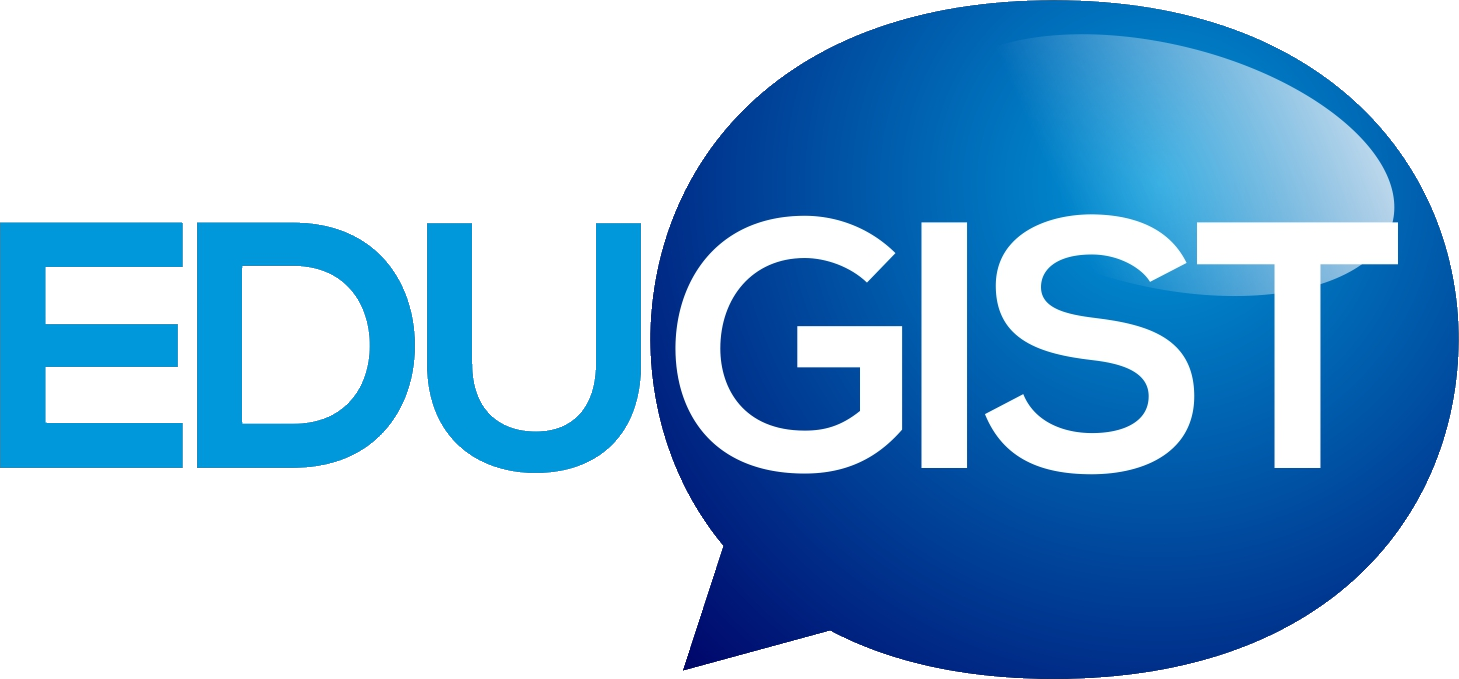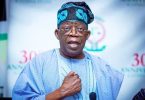As preparation reach top gear for transition from Millennium Development Goals (MDGs) to Sustainable Development Goals, many questions comes to mind; has the MDGs goals being achieved? if yes, to what extent? was it ever a serious deal or one of the jamborees by world leaders? For us in this blog, our concentration is Education – one of the cardinal six goals, ranked second. From the prism of education, Jessie from London in this article scores the impact of the MDGs on Education.
The world is faced with a number of problems and predicaments. From poverty, hunger and diseases to violence, gender inequality and pollution, every problem is threatening to end the balance of the world, which is so precariously positioned.
Among all the major problems, illiteracy and lack of education is considered the biggest by many because apart from being a problem in itself, it hinders the solutions to other problems. In other words, eradicating illiteracy can effectively put an end to many other problems.
In 2000, the United Nations Organizations held its historic Millennium Summit. All the 189 countries which were members of the UNO at that time along with 23 international organizations committed to achieve the Millennium Development Goals which were adopted at the end of the summit. The Millennium Development Goals, which are mostly referred as MDGs, is a set of 8 goals concentrating on the major problems faced by the world such as hunger and poverty, education, gender inequality, maternal and child deaths and diseases. Education was ranked 2nd among the 8 goals.
Currently, the world has a population of 7 billion people. According to the CIA’s World Fact Book, 84.1% of the 7 billion can read and write. The Education for All (EFA) initiative was adopted by the governments across the world as a part of the second millennium goal to achieve universal primary education. The initiative, according to the official portal of UNO has six targets:
1. To expand early childhood care and education.
2. To provide free and compulsory primary education for all.
3. To promote learning and life skills for young people and adults.
4. To increase adult literacy.
5. To achieve gender parity.
6. To improve the quality of education.
The UNO, along with governments and social organizations is working tirelessly to achieve this target and the efforts are bearing fruit. According to data presented by the UNO, 70 countries have increased public spending in education. The number of secondary level students has risen four times than the recorded increase in the number of primary students. More girls are enrolling for school and the number of out-of-school kids (of primary age) has decreased by 37 million since 1999.
However, there still are huge obstacles which are hindering the education growth around the world. Access to education is marred by inequalities. Poverty and lack of adequate finance are the major problem in the process of spreading education. Girls are more affected as 55% of the out-of-school children are girls. Wars and invasions are also having a huge negative impact on schooling.
Another report states that one in eleven children is out of school (as of 2013).
The Sub Saharan Africa is the most affected region in terms of education with more than 30 million children out of school.
Even countries which are comparatively developed and forward in education are seeing major hindrances. Girl education still faces difficulties. Students who get educated are not employable as they choose careers without proper guidance. Even with all this, the idea of universal education has gained momentum and efforts are intensifying to make it a reality. If all goes well, career counselling will be the next phase in stabilizing the foundations laid out for universal education.
What is your take on the MDGs on education in the almost 15years period?
Jessie Yarrow is a passionate blogger from London. In her free time, she writes articles on various topics such as education, gadgets, travel…etc. Presently, she is focusing on univariety.com, which provides career guidance for the students.







